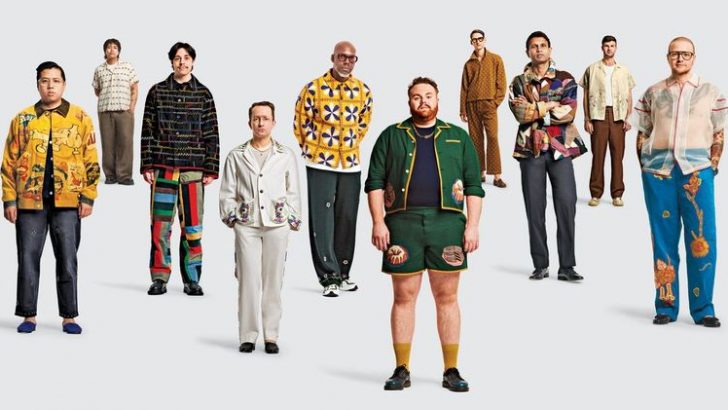Public behavior often reveals subtle clues about a person’s social class. From the way individuals carry themselves to their preferred modes of transportation, these elements can offer insights into their socioeconomic status. This list explores fourteen distinct public behaviors that can serve as indicators of one’s social class.
1. Carrying Designer Shopping Bags

In the world of public perception, a designer shopping bag is not just a bag; it’s a badge of status. Carrying a luxury brand’s shopping bag through the city’s busiest streets can speak volumes about one’s financial standing. The sight of those recognizable logos can evoke envy or admiration from onlookers.
What’s more, it’s a statement of one’s relationship with luxury brands, resonating a lifestyle of comfort and exclusivity. However, some might argue that it also hints at materialism or a quest for social validation. Did you know? Many high-end stores offer these bags as part of the luxury experience.
2. Queuing for Trendy Coffee
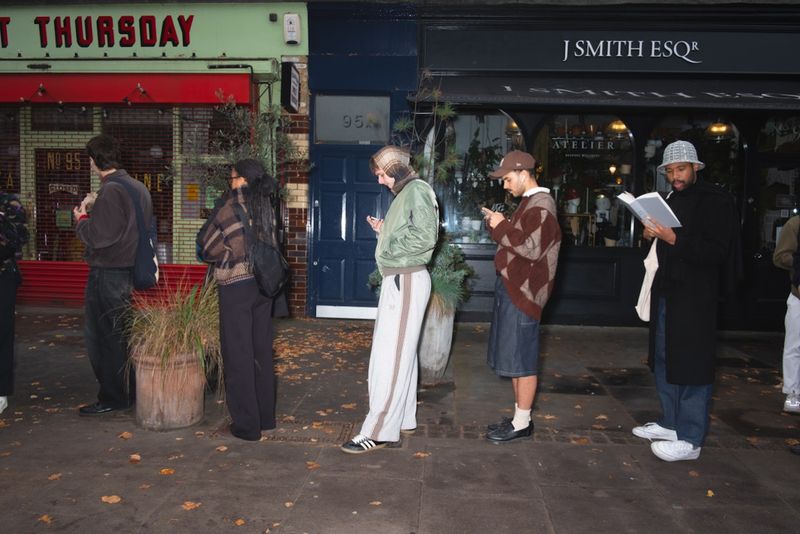
In bustling cities, queuing for a cup of handcrafted coffee has become a cultural phenomenon. For some, it’s a daily ritual that reflects a particular lifestyle. Standing in line at a trendy coffee shop can reveal more than just a love for caffeine.
It’s a statement of one’s affinity for artisanal experiences and a willingness to pay a premium for quality. This behavior might suggest a taste for the finer things in life, echoing a certain level of disposable income. Interestingly, this simple act can bridge diverse social classes in a shared appreciation for coffee’s rich flavors.
3. Using Public Transport
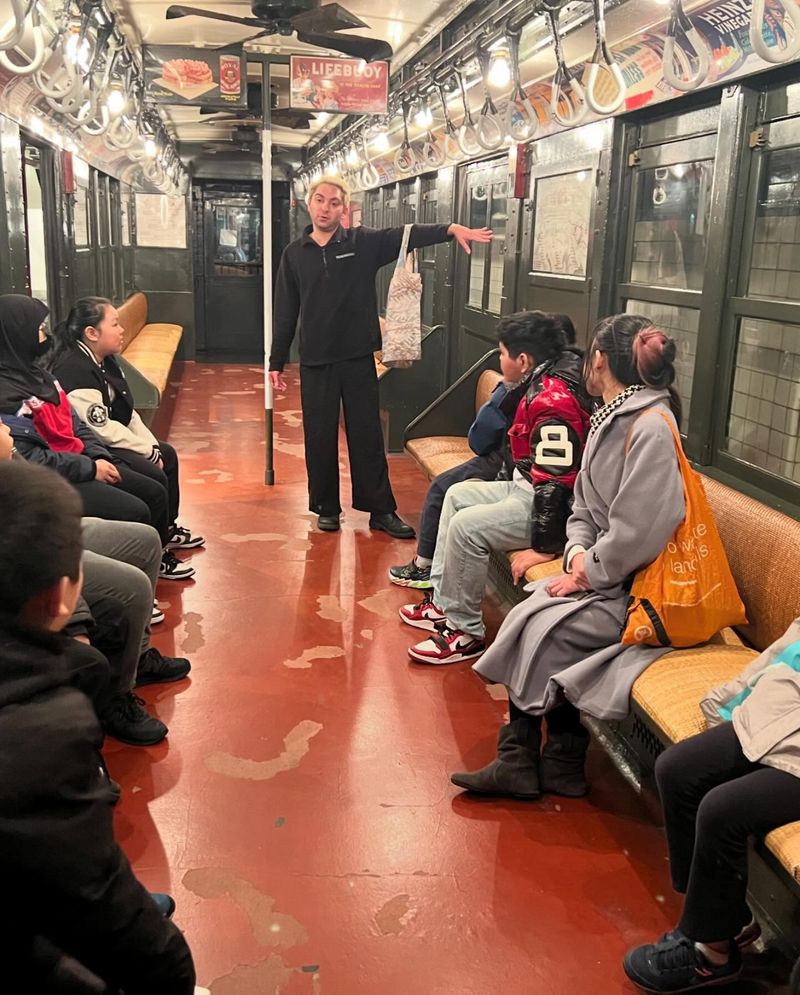
Public transport usage can tell different stories depending on the context. For some, it’s a necessity driven by practicality or environmental consciousness. For others, especially in urban settings, it represents a lifestyle choice.
Taking public transport might suggest a down-to-earth persona, valuing practicality over luxury. Yet, in other scenarios, it reflects an eco-friendly attitude, supported by a strong infrastructure. Did you know? In some cities, choosing public transit is a mark of social awareness, aligning with global movements towards sustainability and reduced carbon footprints.
4. Dining at Exclusive Restaurants

Dining at exclusive restaurants is often seen as a hallmark of affluence. These establishments offer more than just exquisite meals; they provide an atmosphere of elegance and refinement.
Choosing such venues can convey a taste for luxury and an ability to indulge in gourmet experiences. It’s not just about the food but the social statement it makes, often aligning with a particular social echelon. However, it’s important to note that occasional splurges at these venues might also reflect special celebrations rather than everyday norms.
5. Wearing Brand-Name Clothing
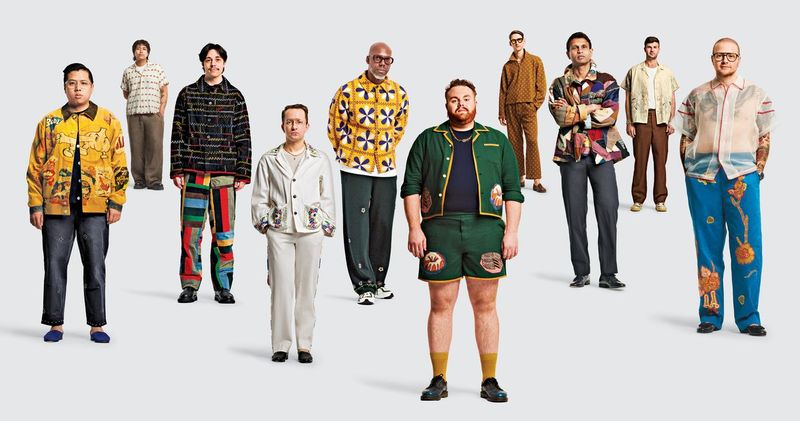
Clothing choices can be a window into one’s social class. Brand-name clothing, in particular, speaks volumes about personal taste and social positioning. Wearing a designer suit or renowned brand can project success and sophistication.
It’s a silent communication about one’s financial capability and style preferences. However, while some see it as a symbol of success, others might view it as conforming to societal pressures. Did you know? Many fashion enthusiasts argue that true style transcends brand names, focusing instead on individuality and creativity.
6. Engaging with Street Performers
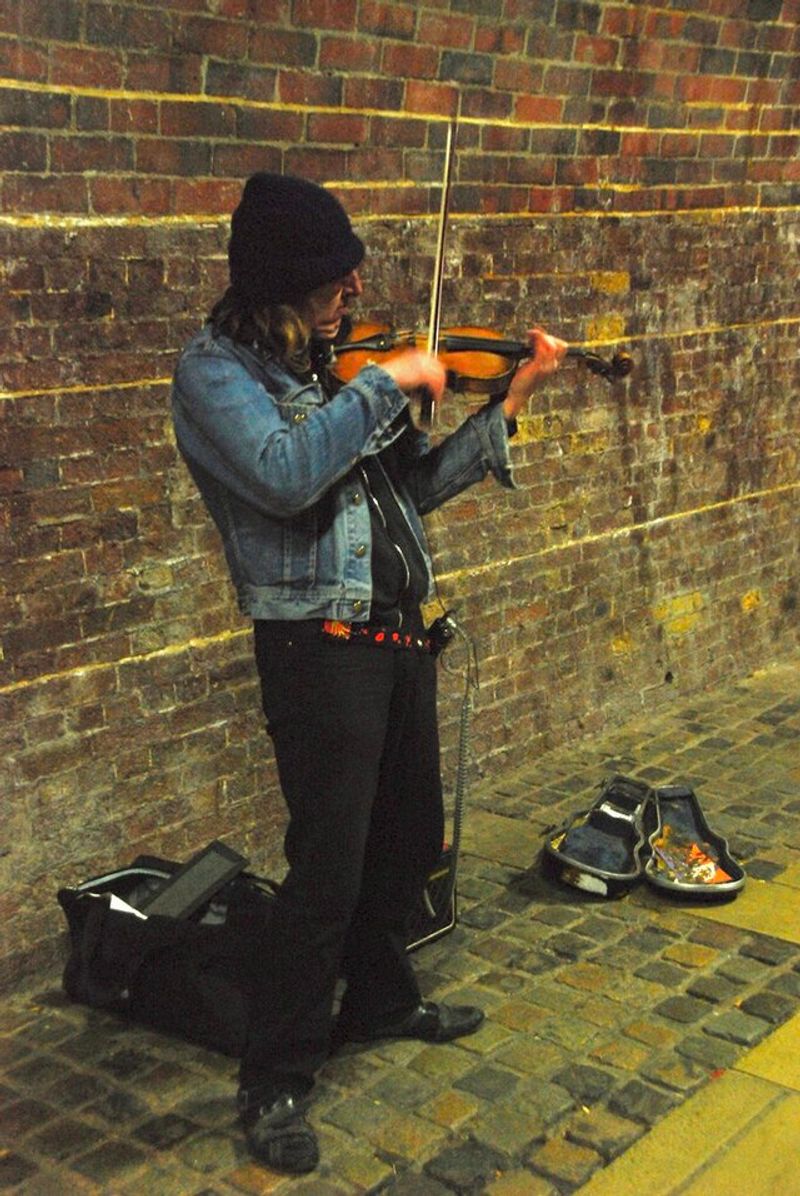
Interacting with street performers can be a delightful experience that offers a glimpse into one’s personality and outlook. It reflects an openness to spontaneous joy and an appreciation for art in all its forms.
This behavior might indicate a certain level of cultural engagement, valuing creativity and supporting local talent. It’s a reminder that art is accessible to everyone, regardless of social class. Interestingly, street performances have a rich history, often serving as platforms for emerging artists, bridging cultural gaps in diverse communities.
7. Attending Opera or Ballet
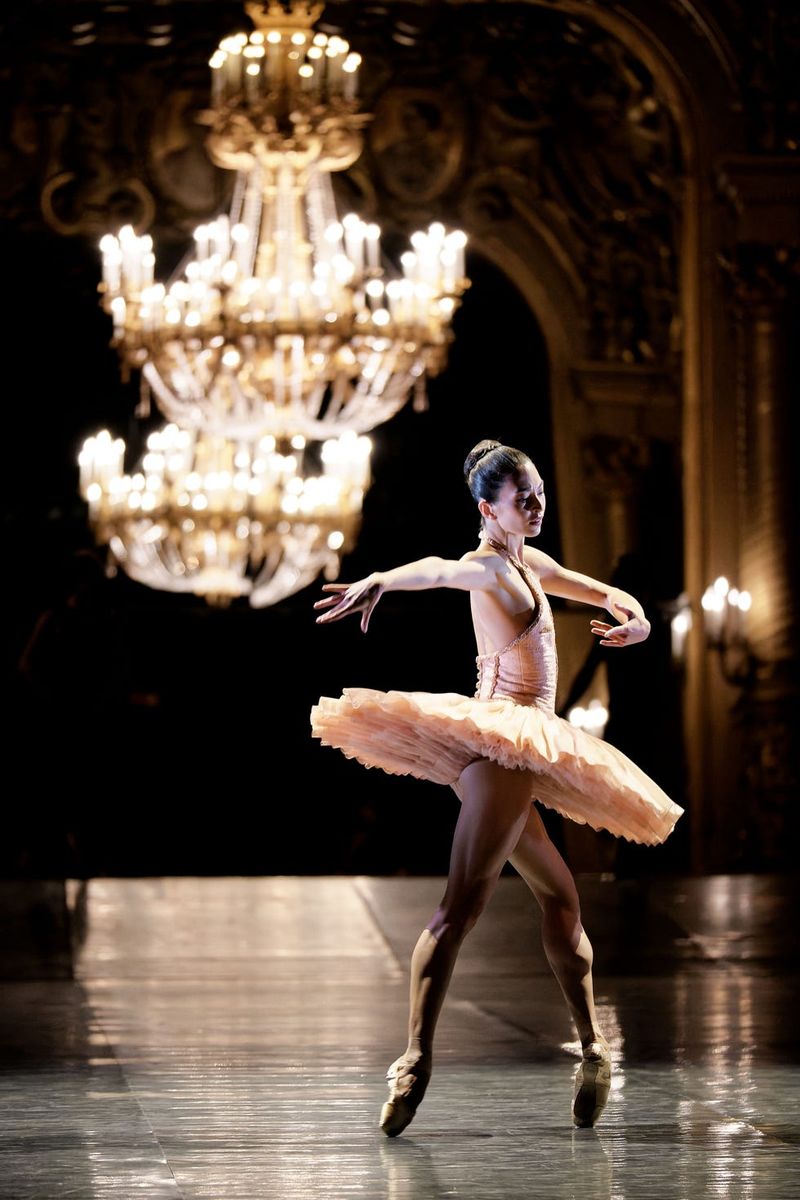
Attending the opera or ballet is often associated with sophistication and cultural refinement. These events are steeped in tradition, drawing audiences that appreciate classical art forms and the grace they embody.
Participating in such cultural events can suggest a certain educational background or an upbringing that values classical arts. However, attendance is not strictly limited to the wealthy; many arts enthusiasts from various backgrounds are drawn to these performances. Did you know? Many opera houses and ballet companies offer discounted tickets to make these art forms accessible to a wider audience.
8. Volunteering for Charity

Volunteering for charity is a noble act that transcends social classes. It reflects a desire to give back to the community and engage in meaningful contributions.
This behavior often indicates empathy and a sense of social responsibility, suggesting values that prioritize helping others over personal gain. While some volunteer out of genuine compassion, others might do so to align with their social circles or enhance personal resumes. Regardless of motivation, volunteering bridges diverse backgrounds, fostering a collective spirit of goodwill and compassion in society.
9. Using Mobile Phones at Dinner
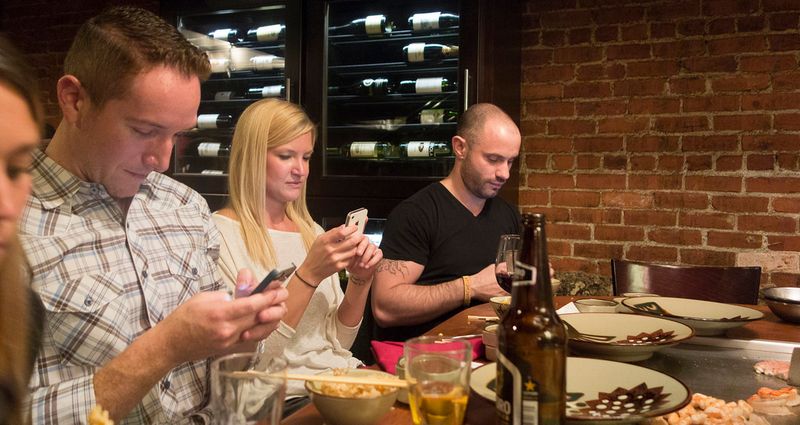
Using mobile phones at the dinner table is a modern behavioral cue that can reveal underlying social dynamics. It reflects the pervasive influence of technology in our lives, often indicating priorities and social etiquette.
This habit might suggest a lack of engagement with present company, prioritizing digital interactions over personal connections. Interestingly, for some, it’s a sign of staying connected and multitasking efficiently. However, it can also be perceived as disrespectful in social settings, where personal interactions are valued over virtual ones.
10. Taking Leisure Walks in Parks

Leisurely walks in the park can offer a glimpse into one’s lifestyle and values. This simple pleasure suggests an appreciation for nature and the importance of taking time to unwind.
For some, it represents a balanced life, where relaxation is valued alongside work commitments. It indicates accessibility to green spaces and a lifestyle that prioritizes health and wellness. Did you know? Urban planning often incorporates parks as essential community hubs, recognizing their role in enhancing quality of life across social classes.
11. Discussing Real Estate Investments

Conversations about real estate investments often reveal a focus on financial growth and planning. Engaging in such discussions highlights a certain level of financial literacy and ambition.
For some, it’s a strategic move to secure future wealth, reflecting an understanding of market trends and property values. These conversations can also indicate a network of connections within the real estate sector. While it may suggest affluence, it’s also a topic embraced by those aspiring for financial independence, recognizing property as a means to achieve long-term stability.
12. Participating in Outdoor Sports

Outdoor sports participation reveals a lifestyle embracing physical activity and camaraderie. Whether it’s beach volleyball, hiking, or cycling, these activities reflect a commitment to health and fitness.
Engaging in sports can imply access to leisure time and resources, as well as a preference for active social interactions. It’s a universal pursuit that transcends social classes, bringing together individuals in shared enthusiasm. Interestingly, outdoor sports often serve as community builders, fostering friendships and teamwork across diverse backgrounds.
13. Exchanging Business Cards

Exchanging business cards remains a timeless gesture in the professional world. It signifies networking and the establishment of potential business relationships.
This practice is prevalent across various industries, reflecting a level of professionalism and preparedness. It suggests a focus on career growth and the importance of building connections. While business cards have become digital in some circles, the physical exchange remains a symbolic moment of introduction and opportunity, bridging diverse professional backgrounds.
14. Reading Print Newspapers

Reading print newspapers in a digital age is often seen as a nod to tradition and a love for the tangible. It suggests a thoughtful, reflective nature, valuing in-depth analysis over fleeting digital snippets.
This habit might indicate an appreciation for journalism’s roots, resonating with those who prefer a slower pace of news consumption. While print readership has declined, its presence still signifies a connection to past practices. Did you know? Many print newspaper readers appreciate the ritualistic aspect of turning pages, finding solace in the tactile experience.

